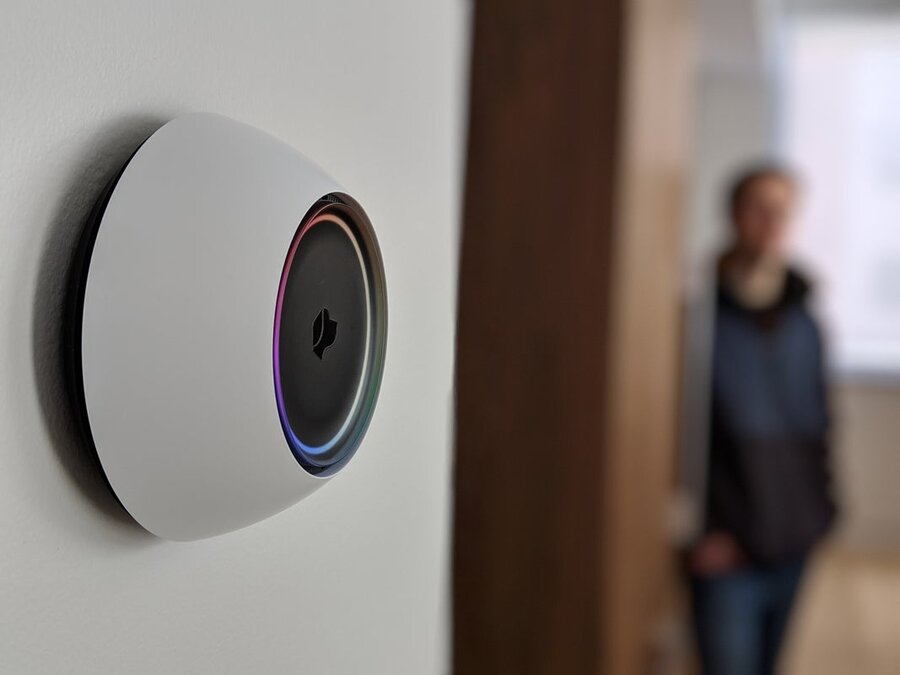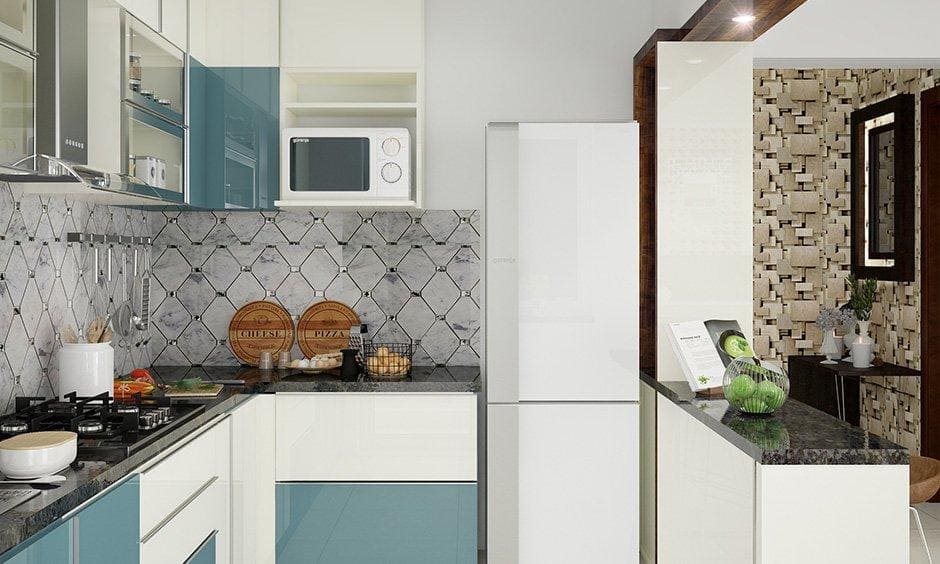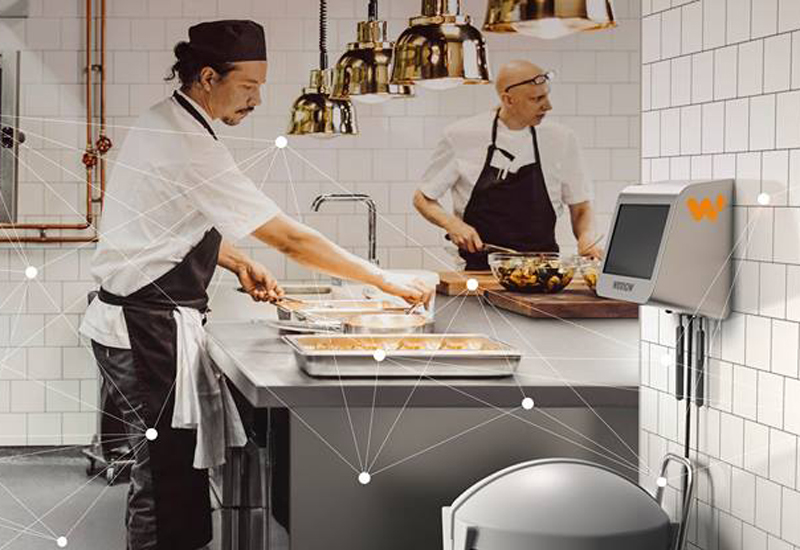In today’s fast-paced world, technology is rapidly evolving, offering new ways to simplify and enhance our daily lives. One of the most significant advancements in recent years is the development of voice-controlled devices. These innovative gadgets are transforming how we interact with technology, providing a range of benefits that make our lives easier and more efficient.

Introduction to Voice-Controlled Devices
Voice-controlled devices, often referred to as voice assistants or smart speakers, are devices that can be controlled using voice commands. They are equipped with advanced speech recognition technology that allows them to understand and respond to verbal instructions. Popular examples include Amazon Alexa, Google Assistant, and Apple’s Siri.
How Voice-Controlled Devices Work
These devices function by constantly listening for a wake word, such as ‘Hey Siri’ or ‘Alexa.’ Once activated, they process the user’s voice command through cloud-based services, which analyze the speech and provide a suitable response. This seamless interaction offers a hands-free experience, making it incredibly convenient for users.
Key Features of Voice-Controlled Devices
- Hands-Free Operation: Freeing up your hands for other tasks.
- Integration with Smart Homes: Controlling lights, thermostats, and more.
- Personalized Assistance: Setting reminders, alerts, and calendar events.
Advantages of Using Voice-Controlled Devices
The benefits of voice-controlled devices are numerous and impactful. They offer a level of convenience and efficiency that traditional devices cannot match.
Enhanced Accessibility
These devices are particularly beneficial for individuals with disabilities or limited mobility. By enabling hands-free control, they provide a more accessible way to interact with technology, promoting independence and ease of use.
Increased Productivity
Voice-controlled devices can significantly boost productivity by allowing users to multitask more effectively. For example, you can manage your calendar, send emails, and set reminders while working on other tasks. Explore more on this topic in our article on using smart home for productivity.
Energy Efficiency
By integrating with smart home systems, voice-controlled devices enable users to manage energy consumption more effectively. You can control lights, thermostats, and appliances with simple voice commands, reducing energy waste. Learn more about the smart home cost breakdown for energy savings.
Applications of Voice-Controlled Devices
Home Automation
One of the most popular uses of voice-controlled devices is in home automation. These devices can control various smart home components, such as lighting, security systems, and entertainment systems, providing users with a centralized control hub.
Hands-Free Communication
Voice-controlled devices enable hands-free communication, allowing users to make phone calls, send messages, and even video chat without needing to pick up a phone. This feature is especially useful for busy individuals who need to stay connected while on the go.
Entertainment and Media
From playing music and podcasts to streaming movies and TV shows, voice-controlled devices offer a convenient way to access and enjoy entertainment. You can easily control playback, adjust volume, and switch between media sources with simple voice commands.
Integration with Other Technologies
Voice-controlled devices are designed to work seamlessly with other technologies, enhancing their functionality and expanding their range of uses.
Smart Home Devices
These devices can integrate with a wide range of smart home products, including smart lights, thermostats, and security systems. This integration allows for comprehensive home automation and control, providing users with a cohesive smart home experience. For more details, visit our article on automated cleaning systems.
Internet of Things (IoT)
Voice-controlled devices are a key component of the Internet of Things (IoT), a network of interconnected devices that communicate and work together to enhance efficiency and convenience. By integrating with IoT devices, voice assistants can provide users with a more connected and intelligent living environment.
Artificial Intelligence (AI)
These devices leverage advanced AI algorithms to understand and respond to user commands. This AI-driven approach enables them to learn from user interactions and provide more accurate and personalized responses over time.
Challenges and Considerations
Privacy and Security
While voice-controlled devices offer numerous benefits, they also raise concerns about privacy and security. Since these devices are always listening for wake words, there is a risk of unintended recordings and data breaches. Users should ensure they understand the privacy policies and security features of their devices.
Reliability and Accuracy
Voice recognition technology is not always perfect, and users may encounter issues with accuracy and reliability. It’s important to provide clear and concise voice commands to ensure effective communication with the device.
For tips on troubleshooting common issues, check out our guide on how to fix smart home glitches.
The Future of Voice-Controlled Technology
The future of voice-controlled devices looks promising, with ongoing advancements in AI and speech recognition technology. As these technologies continue to evolve, we can expect even more sophisticated and intuitive voice-controlled experiences.
Expanding Use Cases
As technology improves, we can expect voice-controlled devices to be used in a wider range of applications, from healthcare and education to transportation and retail.
Improved Interactivity
Future developments in AI and machine learning will enable voice-controlled devices to offer more interactive and personalized experiences, adapting to user preferences and providing more relevant and timely information.
Broader Accessibility
As voice-controlled technology becomes more mainstream, it will become increasingly accessible to a wider audience, providing more people with the benefits of hands-free control and smart automation.
Conclusion
In conclusion, the benefits of voice-controlled devices are vast and varied, offering enhanced convenience, productivity, and accessibility. As technology continues to advance, these devices will play an even more significant role in our daily lives, providing us with new and innovative ways to interact with the world around us.

FAQs
What are voice-controlled devices?
Voice-controlled devices are gadgets that respond to voice commands, enabling users to control and interact with technology hands-free.
How do voice-controlled devices improve productivity?
By allowing users to multitask and manage tasks efficiently, voice-controlled devices can significantly boost productivity.
Are voice-controlled devices secure?
While they offer many benefits, it’s important to be aware of privacy and security concerns and ensure your device is configured to protect your data.
For more intriguing facts about voice-activated technology, visit Forbes Tech Council.
This article contains affiliate links. We may earn a commission at no extra cost to you.





